Is Efflorescence Serious? Its White, Chalky, or Powdery Looking
Home » Structural »
Efflorescence is often described as dissolvable salts in moisture that are transported through porous materials such as concrete, brick, block and stone through capillary action. When the moisture carrying the salts reaches the surface, the air causes the moisture to evaporate which then leaves a white crystalline type of powdery material or a chalky like substance on the surface, called efflorescence.
When you observe efflorescence, it’s an indication of moisture migrating through the concrete, brick or stone.
In general efflorescence is not considered to be a major concern when observed around a home; however, there are a few instances when efflorescence can be serious and a warning sign of a problem.
Common places to see Efflorescence
Efflorescence is commonly found on:
- Garage floors
- Basement walls
- House slabs
- Foundations
- Concrete
- Patios
- Driveways
- Sidewalks
- Retaining walls
- Stucco walls
- Chimneys
In colder climates, concrete that was placed in the winter months may have more efflorescence; due to the use of calcium chloride to accelerate the set time of the concrete.
Capillary action transports moisture through concrete
Concrete is a little like a sponge. It will wick-up moisture through capillary action to the surface and this moisture may carry with it sulfates and calcium deposits from the soil and concrete to the surface.
Researches claim that through capillary action, concrete could theoretically wick moisture up through a concrete column 6 miles high.
Generally there is about 300 to 500 pounds of pressure that is developed by capillary action in concrete. Since most concrete in residential construction is 2,000 to 3,500 psi in strength, there is little concern about the pressures from capillary action. Occasionally, overtime salt deposits can build up on the surface and below the surface and when the moisture begins to flow through these areas, hydro static pressure may build up to three, four or five thousand pounds of pressure which is strong enough to cause some concrete to crack or spall (break off).
These types of issues are much more of a concern in large infrastructure projects like bridges and 5 story concrete parking garages, not normal residential homes
Where does the water come from that causes efflorescence?
- Drainage that allows water to permeate into the concrete
- Down spouts that dump water next to a home
- Rain and snow
- Plumbing leaks: i.e under slab leaks, sewer leaks, sprinkler pipe or water line leaks
- A high groundwater table
- Excessive watering of a lawn near the house
These are just a few examples; however there can be many more sources for the moisture to come from.
“Yellow and Red” flags
There a few possible warning signs that might trigger a home owner or buyer to do a little further investigation. Examples would be:
- Efflorescence accompanied by rust stains or significant cracking and spalling
- Efflorescence on a retaining wall along with cracks, spalling, bowing or leaning.
- An extremely heavy and thick coating of efflorescence,
- Efflorescence plus mold and mildew or musty odors.
Freeze thaw cycles
When moisture is drawn to a concrete or brick surface and it freezes, it may cause the concrete or brick to crack or spall. Another result of this is deterioration occurring on the surface of the concrete or brick. When this occurs over a number of years there may be limited damage. For homeowners this issue is usually easily managed and not much of a worry.
Mold and mildew
When there is moisture in a home, there can be a risk of mold and mildew occurring. Check for mold and mildew, including musty odors.
How to remove efflorescence
Depending on the surface and the cause of the efflorescence there are various ways to remove it.
- First try brushing or sweeping it off; this works much of the time.
- Power washing
- Scrubbing with a vinegar and water solution and brush
- Acid and chemical agents (use caution)
It is recommended that gentler and milder methods be tried first and remember that it is not uncommon for efflorescence to come back.
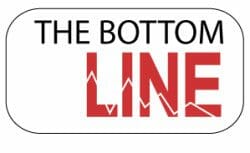
Bottom Line
The majority of the time efflorescence is considered more cosmetic in nature than a structural issue. Under a few circumstances preventive measures are wise. For example, using sealing compounds and improving drainage can reduce or stop efflorescence. It is not uncommon for home inspectors to point out efflorescence in their reports along with other comments.
In a few instances it is wise to further investigate efflorescence issues, especially if there appears to be damage such as spalling, significant cracks or rust stains.

Articles and Resources On Common Structural Issues In Homes
Take a minute and review the list to see if you have any warning signs of potential issues.
- You may only need preventive maintenance
- If very minor, then maybe you just need to monitor it
- If repair is needed, it is much cheaper to correct in the early stages than after it has become a big problem
- Should it be major, then you may need to consult a qualified professional
Go To List
Readers also read:
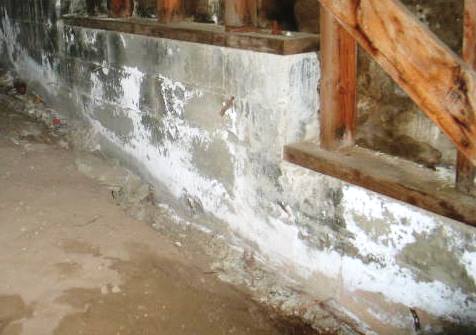


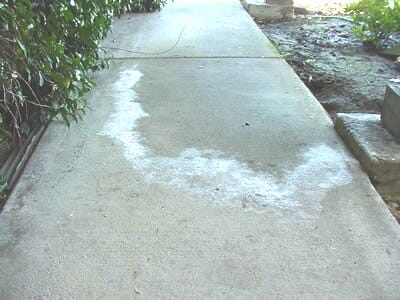

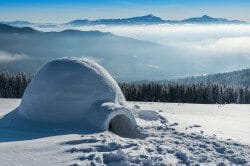
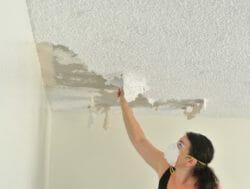


Hello! What type of inspection do we need to further do if there is large amount of efflorescence in the garage.